How good is your Leadership Team? Why Evidence Beats Assumption
Leadership teams like to think they’re effective. After all, they’re made up of smart, driven people who have achieved significant success. But effectiveness isn’t about individual capability—it’s about independent accountability for results. And many teams overestimate how well they work together because they’re relying on gut feel, habit, or hope. That’s where the real risk lies.
Most of the teams we work with are good, but very few of them are great, for the very reason that so many are indeed good. In the words of author Jim Collins in his seminal book ‘Good to Great’:
““Good is the enemy of great. And that is one of the key reasons why we have so little that becomes great. We don’t have great schools, principally because we have good schools. We don’t have great government, principally because we have good government. Few people attain great lives, in large part because it is just so easy to settle for a good life.””
Just as good is the enemy of great, so assumption is the enemy of progress. Teams assume they’re aligned. They assume they’re cohesive. They assume trust is solid and that accountability is shared. But without evidence, these assumptions can quietly reinforce dysfunction. Confirmation bias means we’re wired to see what we expect to see and overlook signs of trouble. That’s why effective teams don’t just reflect—they assess.
Patrick Lencioni’s Five Behaviors® model offers a proven, structured way to assess and improve team performance. It starts with a simple truth: every team is dysfunctional to some degree, because it’s made up of human beings. The model lays out five behaviours that are essential for cohesive, high-performing teams: Trust, Conflict, Commitment, Accountability, and Results. They’re sequential and cumulative, meaning you can’t skip to the top without building from the base.
Excerpt from a sample ‘Five Dysfunctions of a Team’ Assessment
This is particularly critical for leadership teams. Unlike functional teams, leadership teams don’t just execute tasks—they steer the direction of the entire business. They’re responsible for aligning the whole organisation to shared goals. That requires a high degree of interdependence: making decisions together, backing each other publicly, and holding each other accountable for enterprise-level outcomes, not just siloed KPIs.
The Lencioni model is a blueprint for effective interdependence. It starts with Trust—the kind that comes from vulnerability, not just familiarity. Without it, teams won’t engage in productive Conflict. They’ll either avoid tough conversations or have them destructively. Without Conflict, there’s no genuine buy-in, and without buy-in, Commitment is shaky. Without Commitment, Accountability becomes personal and political. And without Accountability, Results are inconsistent, or achieved at the cost of people, culture, or sustainability.
Many organisations invest in training to drive accountability and performance. But too often, they’re trying to build a house from the roof down. They focus on top-of-pyramid outcomes without the structural integrity beneath them. When trust is low and conflict is avoided, pushing for accountability can feel like blame. Pursuing results can fracture the team rather than unify it. That’s why the sequence matters.
What distinguishes the Five Behaviors® approach is its evidence base. The team assessment is not just a reflective exercise, it’s a structured online diagnostic, combining quantitative scoring with qualitative insights. Teams see how they rate across each of the five behaviours and where their specific blind spots lie. Just as importantly, they see where perceptions differ across the team—places where one person sees alignment and another sees dysfunction. That contrast often sparks the most powerful conversations.
The data is just the beginning. Once the assessment is complete, the real work begins: unpacking the findings, understanding the patterns, and action planning for improvement. Teams identify both strengths to leverage and weaknesses to address. They work together to build new norms, habits, and behaviours that reinforce trust, support healthy challenge, and create clarity of purpose and direction.
One of the most valuable outcomes of the process is language. The Five Behaviors® model gives teams a shared vocabulary to talk about what’s working and what’s not. It normalises tension and makes it safer to name avoidance, hesitancy, or misalignment. Over time, it becomes a cultural anchor for how the team works together—not just in workshops, but in boardrooms, crisis meetings, and strategic planning sessions.
The Lencioni process is not ‘education’ it’s about action. The goal is to embed a way of thinking, a discipline of checking assumptions with data, having the right conversations at the right time, and never mistaking cohesion for effectiveness.

